Ever wonder why some people can effortlessly sink into a deep squat, while others struggle to reach even parallel?
The culprit might be tight hip flexors!
These muscles, located at the front of your hip joint, play a crucial role in lifting your thigh towards your chest, a key movement in squats.
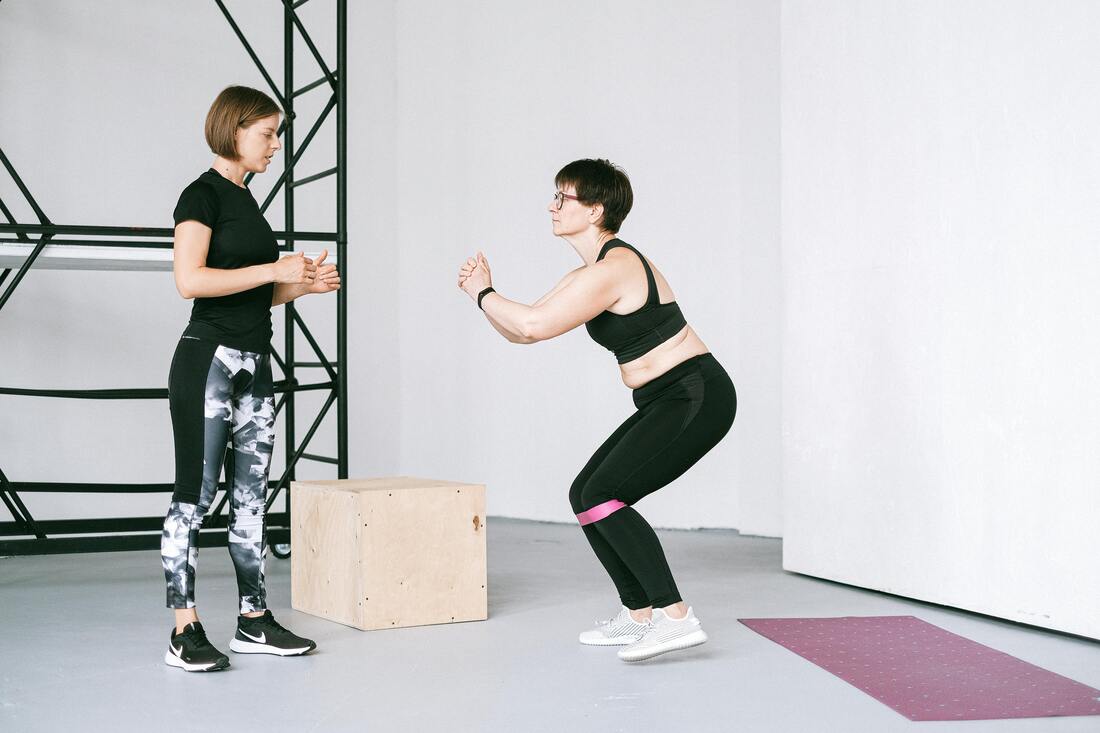
Restricted hip flexor mobility can significantly limit your squat depth, hindering your performance and even increasing your risk of injury.
But fear not, fellow squat enthusiast!
By incorporating hip flexor mobility exercises into your routine, you can unlock a world of benefits:
- Deeper Squats: Improved hip flexor mobility allows for a greater range of motion, enabling you to reach a deeper squat with proper form.
- Enhanced Performance: Deeper squats engage more muscle groups, leading to increased strength, power, and stability.
- Reduced Risk of Injury: Tight hip flexors can pull on your lower back, leading to pain and potential injury. Improved mobility can help prevent these issues.
- Improved Flexibility: Increased hip flexor flexibility benefits your overall mobility and range of motion in other activities.
Here we will delve into the world of hip flexor mobility for squats.
We’ll explore the signs of tight hip flexors, their impact on your squat depth, and unveil a variety of exercises to improve your mobility.
Get ready to transform your squat game with deeper depths and a more confident form!
Key Takeaways
- Tight hip flexors can significantly limit your squat depth, hindering performance and increasing your risk of injury.
- Improved hip flexor mobility allows for deeper squats with proper form, leading to increased strength and stability.
- This blog provides a variety of exercises to improve hip flexor mobility, catering to different fitness levels.
- Consistency is key! Regularly incorporating these exercises into your routine will lead to noticeable improvements in your squat depth and overall flexibility.
- Consult a qualified healthcare professional for personalized guidance on improving your squat technique.
Signs of Tight Hip Flexors
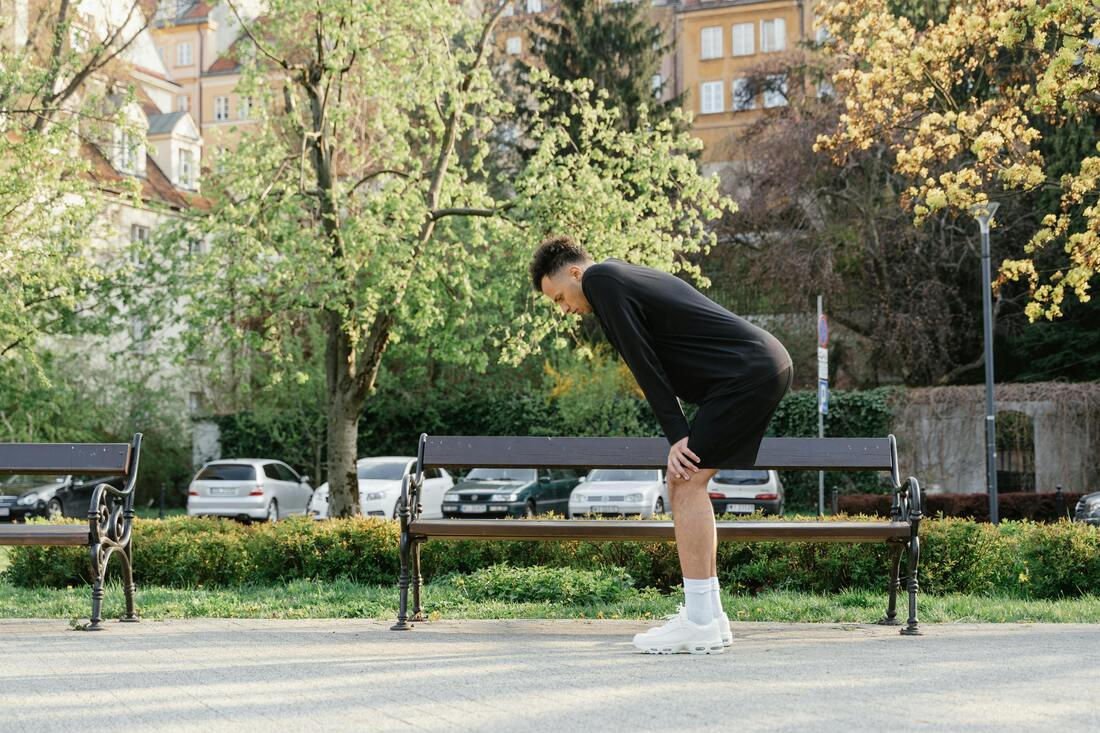
- Difficulty reaching your toes when bending forward.
- A feeling of tightness or pulling sensation in the front of your hip when squatting.
- Excessive lower back arch during squats.
- Difficulty achieving a deep squat with proper form.
How Tight Hip Flexors Affect Your Squat Depth
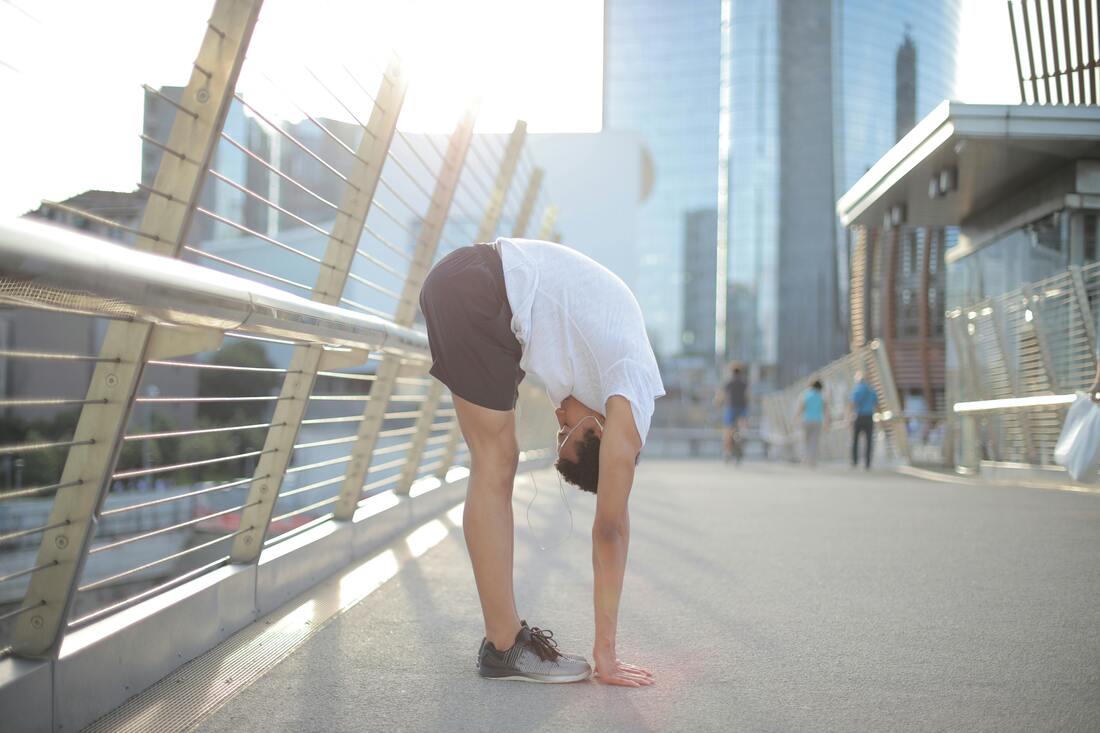
Tight hip flexors restrict your ability to hinge at the hips, a crucial movement in squats.
This leads to:
- Limited squat depth: You might struggle to reach a deep squat position, often resorting to a shallow squat with improper form.
- Compensatory movements: Tight hips can lead to rounding your lower back or excessive forward knee movement, compromising squat form and increasing injury risk.
- Reduced power output: Limited hip mobility hinders your ability to fully engage your glutes and hamstrings, reducing the power generated during your squat.
Exercises to Improve Hip Flexor Mobility for Squats
Here’s a selection of exercises for all fitness levels, targeting different aspects of hip flexor mobility:
Beginner Exercises
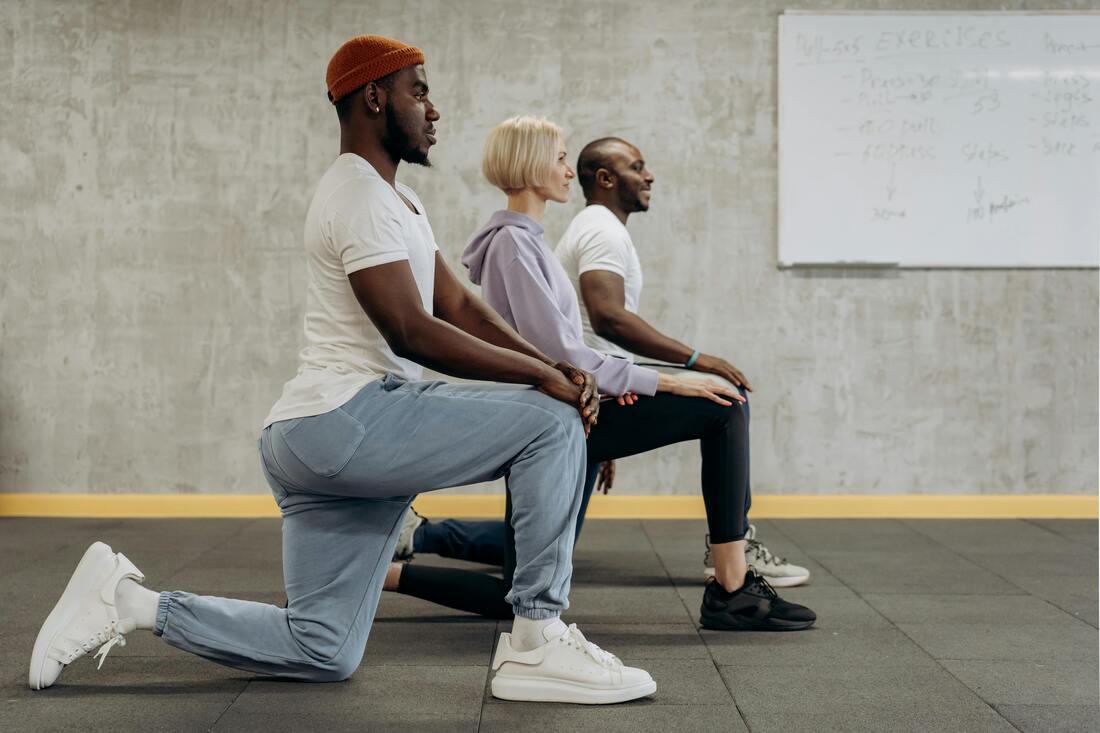
- Kneeling Hip Flexor Stretch:
- Benefits: Improves flexibility in the front of the hip joint.
- How-to: Kneel on one knee with your other foot flat on the floor in front of you. Lean forward from your hips, keeping your back straight, until you feel a stretch in the front of your hip on the kneeling leg. Hold for 30 seconds each side.
- Pigeon Pose:
- Benefits: Stretches the hip flexors and opens up the hips.
- How-to: Start on your hands and knees, slide one knee forward between your hands and lower your hips towards the ground. Gently lean forward and feel the stretch in your front hip flexor. Hold for 30 seconds each side.
Intermediate Exercises

- Walking Lunges with Torso Rotation:
- Benefits: Improves hip mobility and core engagement.
- How-to: Step forward with one leg, lowering your hips until both knees are bent at 90-degree angles.
- As you lunge, rotate your torso slightly towards the front leg.
- Push off your front heel to return to standing, then repeat with the other leg.
- Frog Pose (Rana Pose):
- Benefits: Improves hip mobility and flexibility in the inner thighs.
- How-to: Squat down with your feet wider than your hips and toes pointing outwards.
- Lean forward, keeping your back straight, and rest your forearms on the floor in front of you.
- Hold for 30-60 seconds.
Advanced Exercises
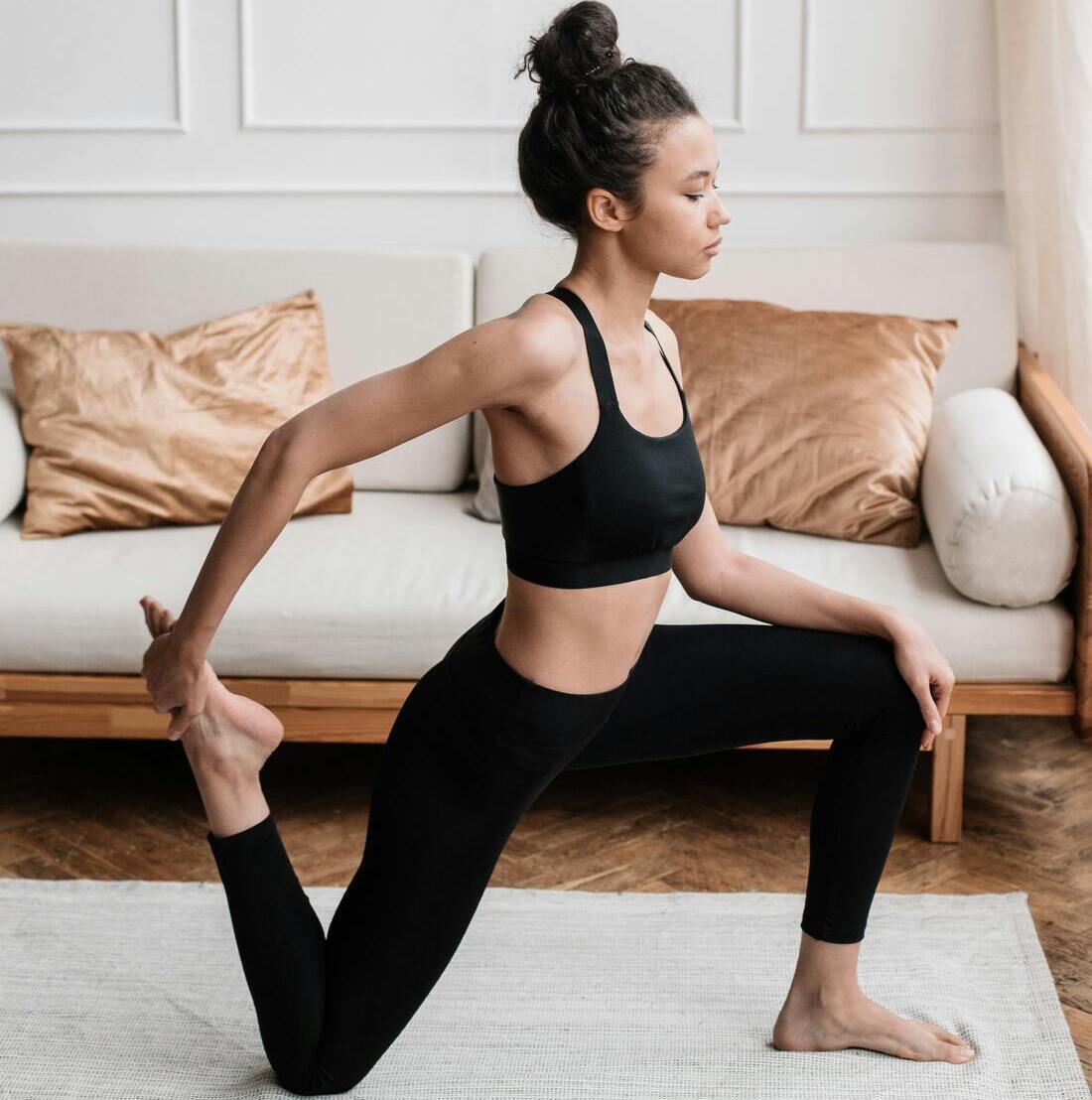
- Couch Stretch:
- Benefits: Improves hip flexor and quadriceps flexibility.
- How-to: Find a sturdy surface like a couch or bench. Place one knee on the surface with your other foot flat on the floor.
- Lean forward from your hips, keeping your back straight, until you feel a stretch in the front of your thigh and hip of the leg on the floor.
- Hold for 30 seconds each side.
- Kneeling Hip Flexor Stretch with PNF (Proprioceptive Neuromuscular Facilitation):
- Benefits: Improves flexibility using a muscle activation technique.
- How-to: Kneel on one knee with your other foot flat on the floor in front of you.
- Lean forward from your hips, keeping your back straight, until you feel a stretch in the front of your hip on the kneeling leg.
- Hold for 10 seconds.
- Contract your glutes by squeezing your buttocks together for 10 seconds.
- Relax for 10 seconds, then repeat the stretch cycle.
Safety Considerations
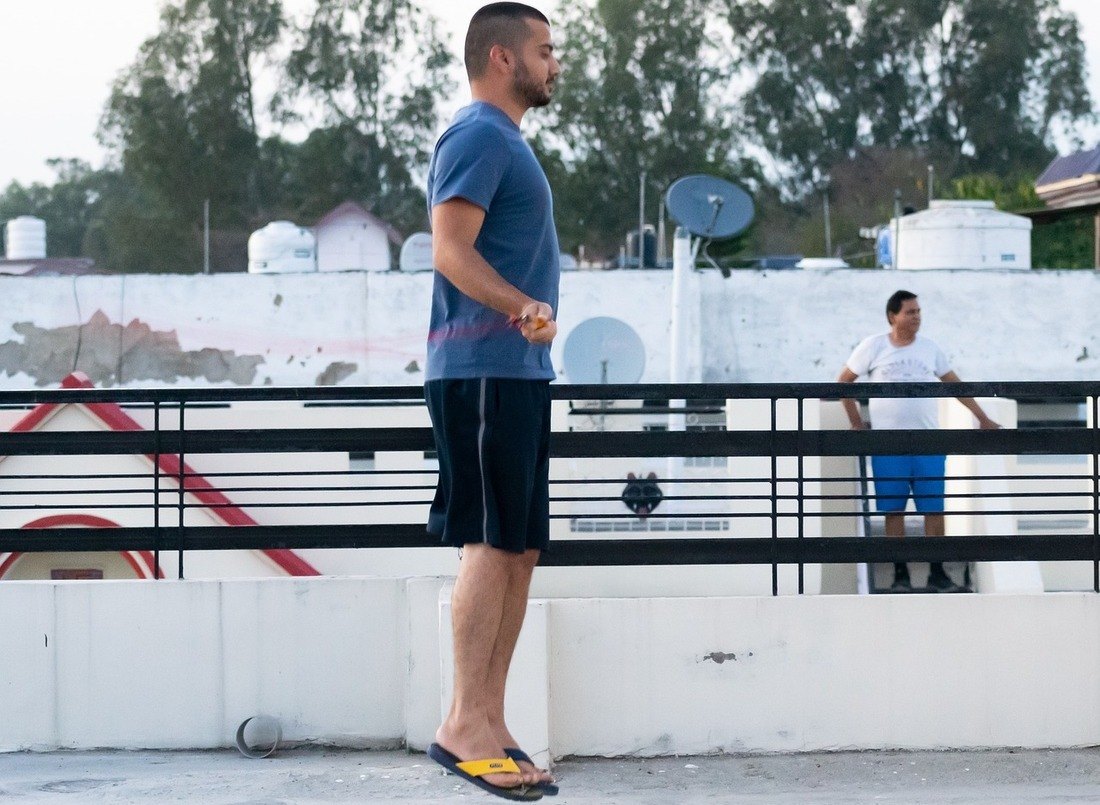
- Warm-up before exercise: Perform a light cardio warm-up to prepare your muscles for stretching.
- Maintain proper form: Focus on quality over quantity. Feel a stretch, but don’t push yourself to the point of pain.
- Listen to your body: Stop if you experience any pain and consult a healthcare professional if pain persists.
Table: Exercises for Improving Hip Flexor Mobility for Squats
| Exercise | Level | Benefits |
|---|---|---|
| Kneeling Hip Flexor Stretch | Beginner | Improves flexibility in the front of the hip joint. |
| Pigeon Pose | Beginner | Stretches the hip flexors and opens up the hips. |
| Walking Lunges with Torso Rotation | Intermediate | Improves hip mobility and core engagement. |
| Frog Pose (Rana Pose) | Intermediate | Improves hip mobility and flexibility in the inner thighs. |
| Couch Stretch | Advanced | Improves hip flexor and quadriceps flexibility. |
| Kneeling Hip Flexor Stretch with PNF | Advanced | Improves flexibility using a muscle activation technique. |
FAQs: Hip Flexor Mobility and Squats
Q: How often should I perform these exercises?
- A: Aim to perform these exercises 2-3 times per week, incorporating them into your squat routine or on separate flexibility days.
Q: Can I improve my squat depth without stretching?
- A: While stretching is crucial, strengthening exercises for your core and glutes can also contribute to improved hip mobility.
Q: I have a desk job that requires sitting for long periods. How can I prevent tight hip flexors?
- A: Regularly get up and move around throughout your workday. Perform some simple hip flexor stretches at your desk to prevent tightness.
Q: Should I see a mobility coach if I’m struggling to improve my squat depth?
- A: Absolutely! A mobility coach can assess your squat technique, identify any underlying mobility issues, and provide personalized exercises to improve your hip flexor mobility and overall squat performance.
Conclusion: Squat Deeper, Lift Heavier
By incorporating these strategies into your routine, you can improve your hip flexor mobility, unlock deeper squats, and take your squat game to the next level.
Remember, consistency is key!
Make these stretches and exercises a regular part of your training program, and witness the transformation in your squat depth, strength, and overall flexibility.
Happy squatting!
Citation
American Council on Exercise. How to Squat Properly. ACE Library.



